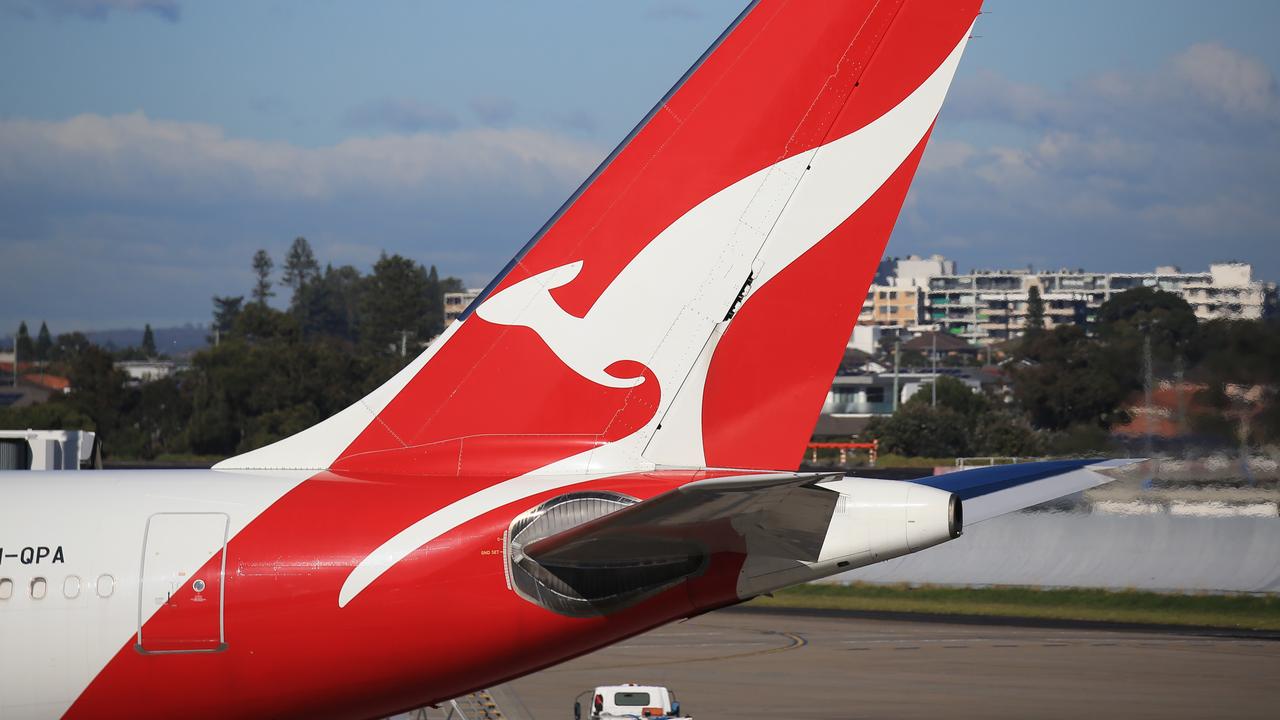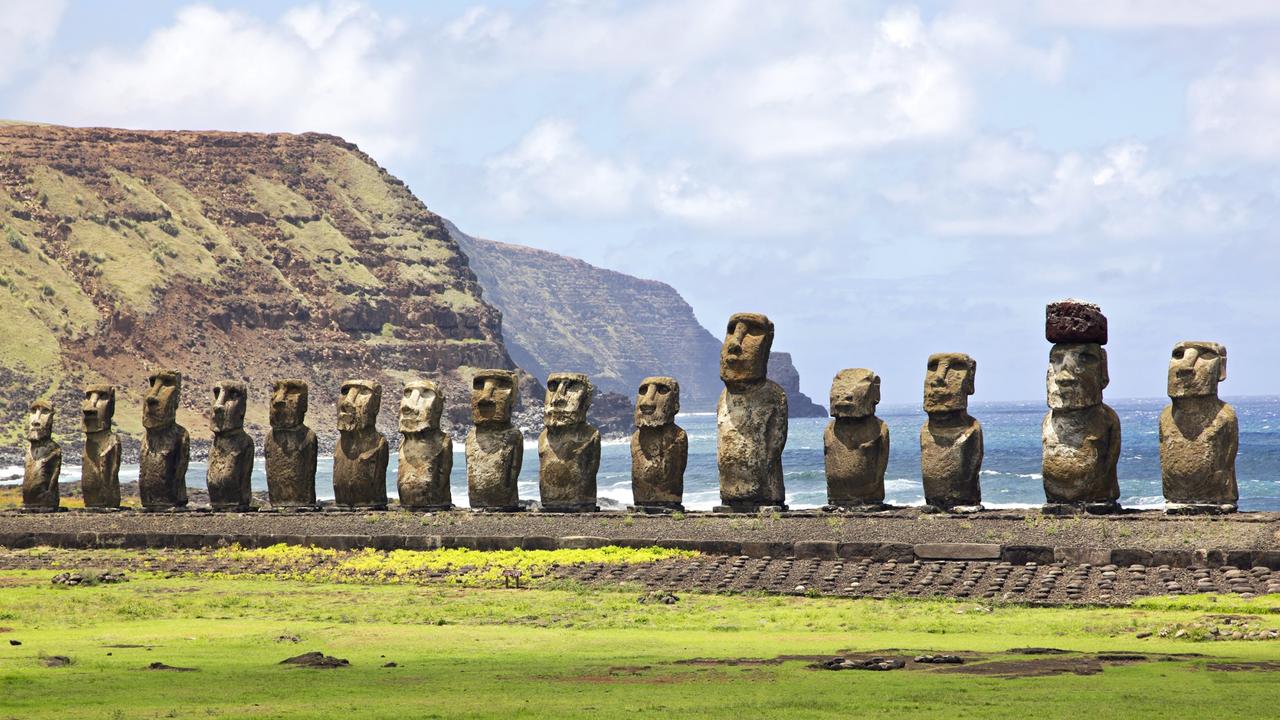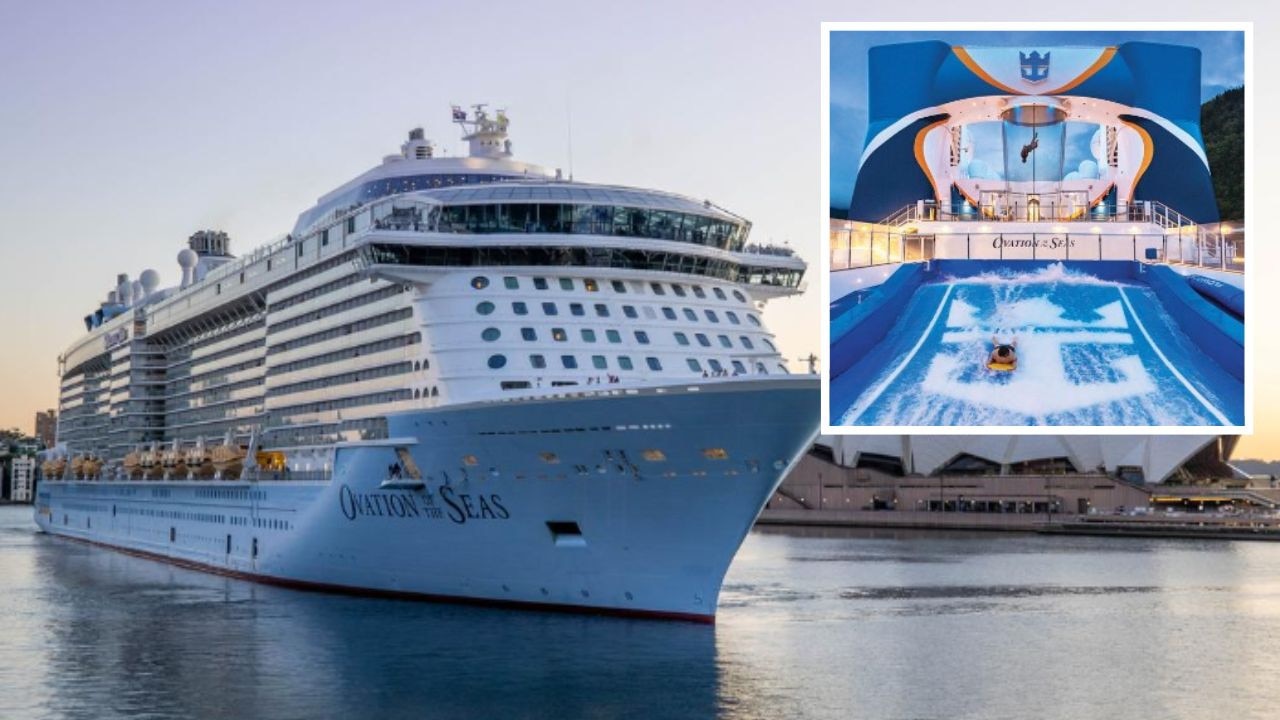Inside the dark history behind the idyllic paradise resort Kennedy Island
Today it’s part of an idyllic resort in paradise. But this island has a dark history and a story of how a group of men fought to survive.
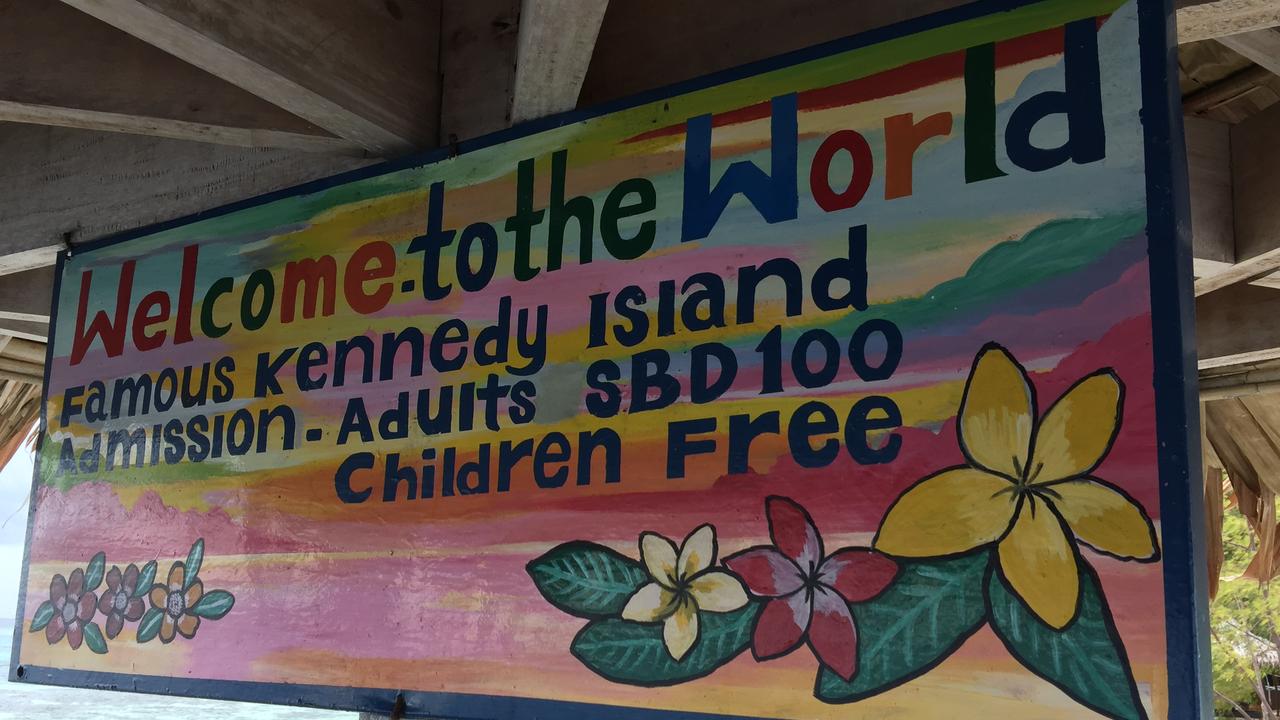
The island ticks all the boxes: crystal clear water beaching itself on white sand, the smell of sea salt and coconut oil in the air and enough palm trees to provide a shady retreat from the harsh Pacific sun. It’s hard to imagine this was once a prison.
The Solomons are 993 islands sprinkled across the South Pacific, so to say they deliver a diverse experience is a bit of an understatement. Every island, no matter how small, has a story and a place in the nation’s patchwork history.
Even the tiny speck that stands defiantly in the middle of Gizo Lagoon. Dwarfed by the intimidating Kolombangara Island behind it, Kennedy Island (formerly Plum Pudding Island) looks as if it barely qualifies as an islet, but it ticks all the boxes.
It seems to watch us with hungry eyes as we devour our breakfast in the overwater restaurant at Fatboys Resort. I wonder how many meals that little island has seen consumed over the years.
What I didn’t know was the restaurant’s position in relation to this particular island was a succulent slice of tragic irony.
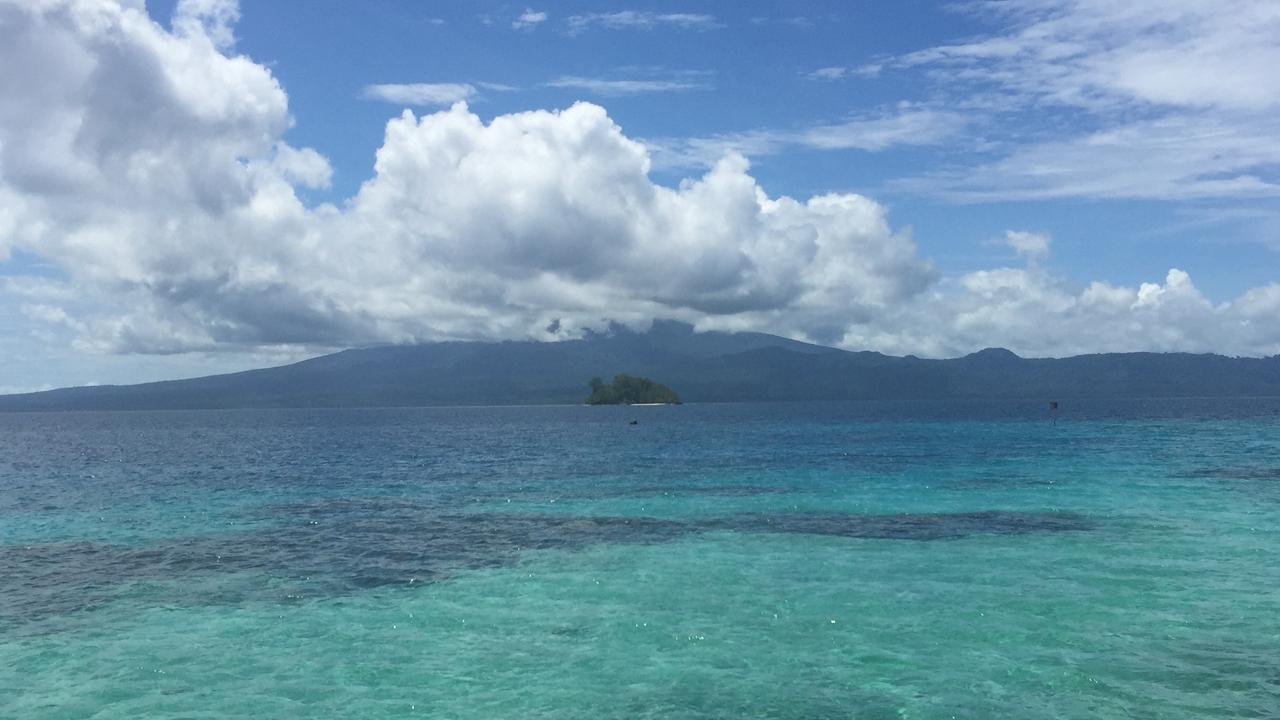
In 1943, the peaceful waters of Gizo Lagoon were full of battleships. The storm front of the Second World War had rolled over the South Pacific ever since Pearl Harbor, and in 1943 the thunder and lightning arrived in the Solomons.
As the Japanese clashed with Allied forces, islands and oceans alike became battlegrounds and graveyards. Even the smallest islands were drafted into the war, and so it was for Plum Pudding Island.
Dark grey clouds hover in the distance as our banana boat speeds away from Fatboys towards Kennedy Island. We’re told it’s only a 15-minute journey, but that doesn’t deter my fellow travellers from popping anti-seasickness tablets.
“They’ll spoil my appetite, but I can’t risk it,” says Laura as Fatboys shrinks behind us.
It’s strange to think this very lagoon was once a patrol zone for Japanese raiders and American PT cruisers. Gizo Lagoon doesn’t seem big enough for the enormity of war.
But in the wee hours of August 2, 1943, it became an abyss for US Navy lieutenant John F Kennedy.
Here, the Japanese destroyer Amagiri ploughed into Kennedy’s PT-109 boat, cutting it in half and throwing its crew into the deep. Here, Kennedy and his men swam in darkness for four hours to avoid enemy detection.
And here, on this picture-perfect beach, they found shelter.
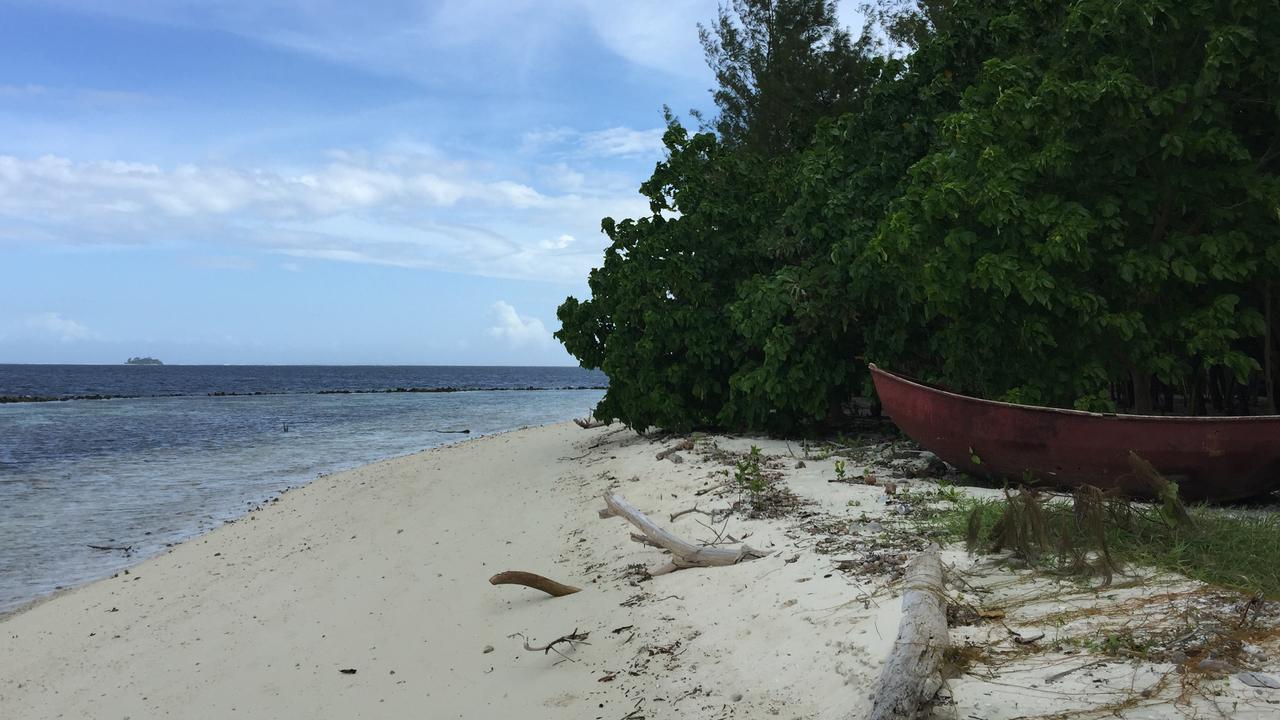
In the midday sun, the former Plum Pudding Island looks much more inviting than it must have to Kennedy on that night in 1943. In fact, it’s a paradise. Some of my group are already snorkelling through water JFK and his men were so desperate to escape from.
By the entrance to the water there’s a small memorial for the events of 1943. A picture of Kennedy, looking cool and relaxed at the helm of PT-109, is front and centre.
I imagine the gasps of relief from PT-109’s crew as they clawed their way up this little beach. Kennedy had towed the most injured of his men by the strap of a life jacket clenched between his prominent teeth.
Before I can take the plunge, lunch is served. The feast is magnificent, but as we eat, I feel a sense of grotesquerie that’s hard to ignore.
The plight of Kennedy and his men didn’t end on the relatively safe sands of Plum Pudding. The misleadingly named island was without food or water.
While Kennedy swam back into the dangerous waters to find help, his crew starved for five days in the very place I now stuff myself with calamari.
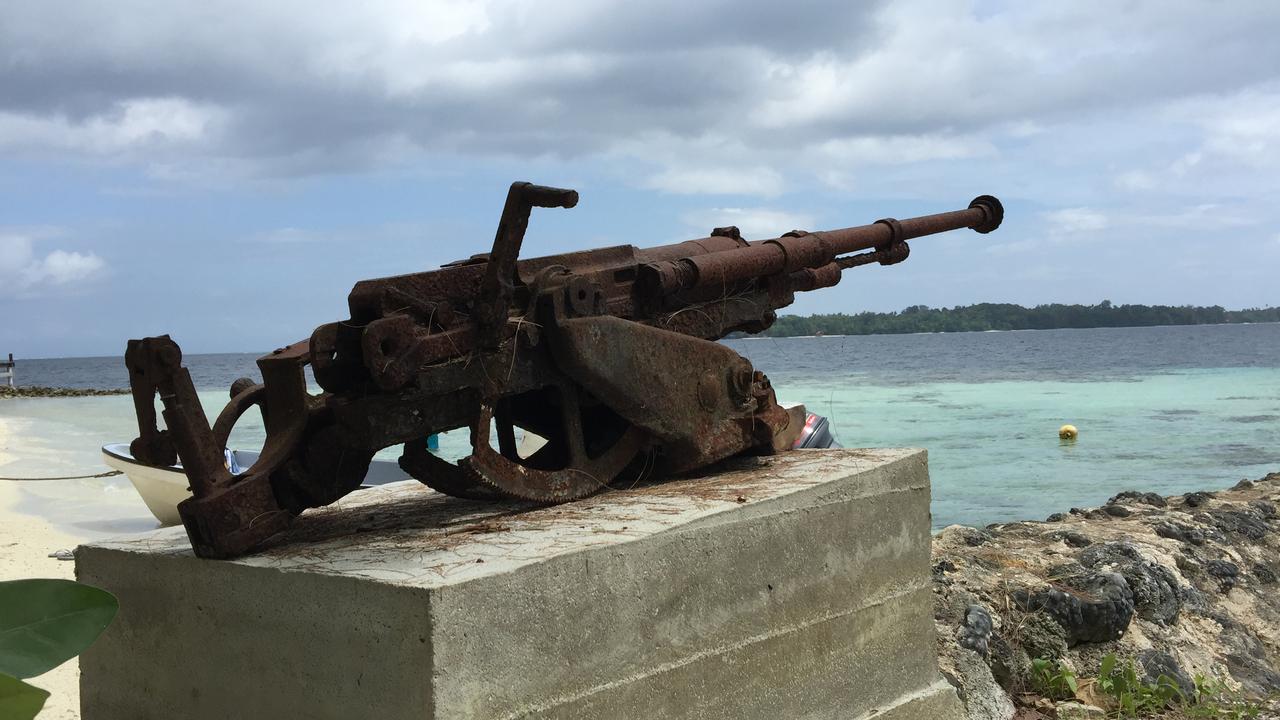
His eventual success became one of the many profiles of courage to emerge from the War in the Pacific. Plum Pudding Island was renamed Kennedy Island in honour of the young lieutenant who had torn victory from the jaws of defeat.
“Victory has a hundred fathers,” said John F Kennedy in the years of lightning that followed his ordeal during WWII.
“But defeat is an orphan.”
Perhaps we wouldn’t be here, snorkelling and feasting, had fate chosen another island to aid in Kennedy’s survival. We certainly wouldn’t be here if the Japanese had emerged victorious. But the island’s small memorial does nothing to glorify war; it simply tells a tale of survival and bravery.
It’s these qualities that remain on my mind back at Fatboys’ overwater restaurant later that evening as we sit down for yet another meal in full view of the barren Kennedy Island.
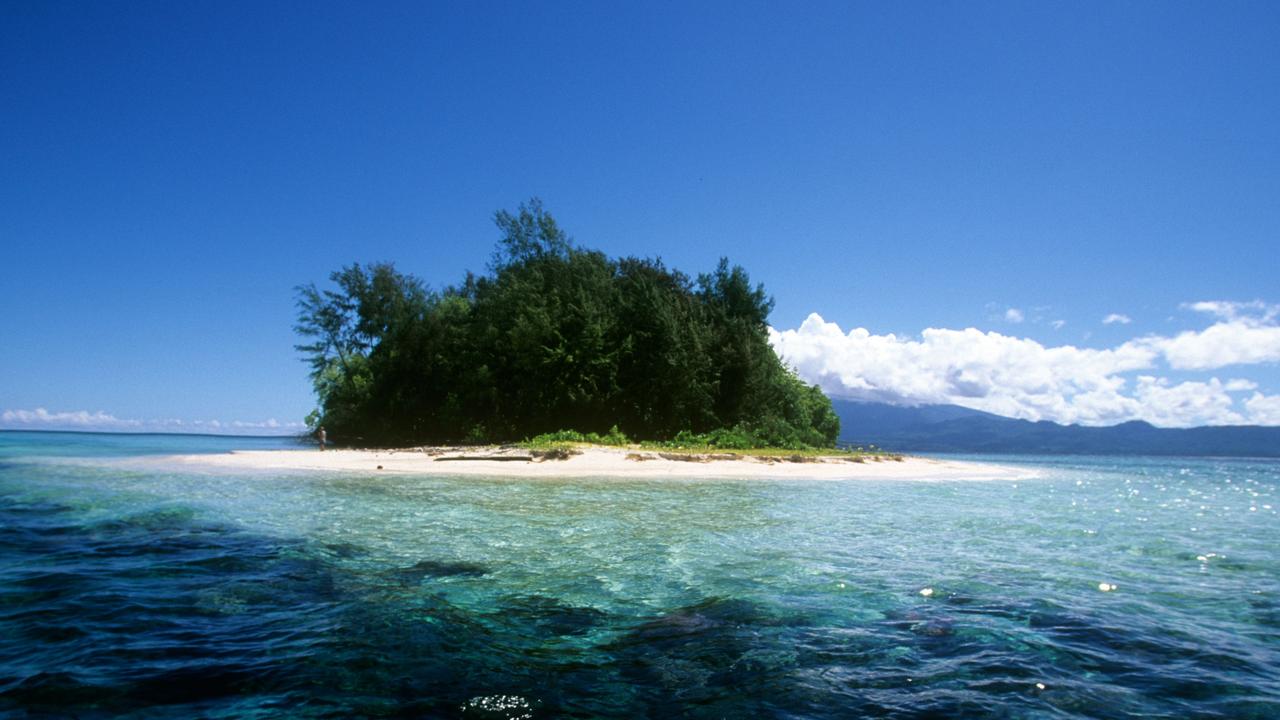
As a war story it seems like a bit of an anticlimax; not a single shot was fired during the PT-109 incident. Instead, the human spirit triumphed in a hopeless place.
Today that place is paradise. Dolphins launch themselves from the waters of Gizo Lagoon, hungry for the sun and the fresh air. Fishing boats jet about in search of a meal. Life goes on in a place where once it seemed so certain life would end.
War didn’t leave deep scars on this place as it did on so many other battlegrounds; paradise has endured. Here, Kennedy Island is — thankfully — war’s orphan.

